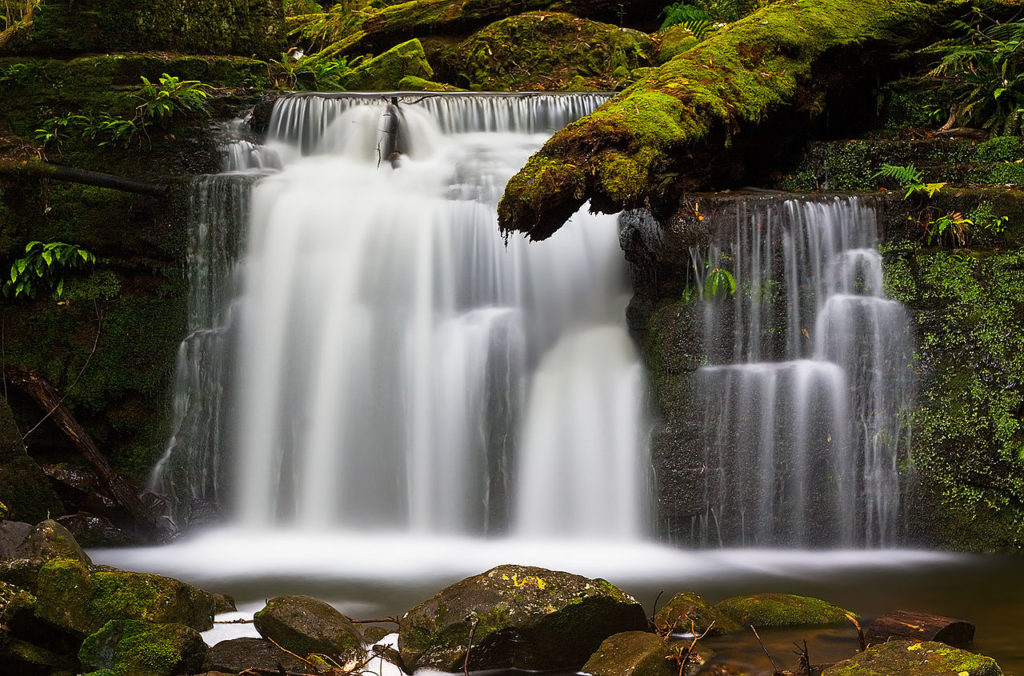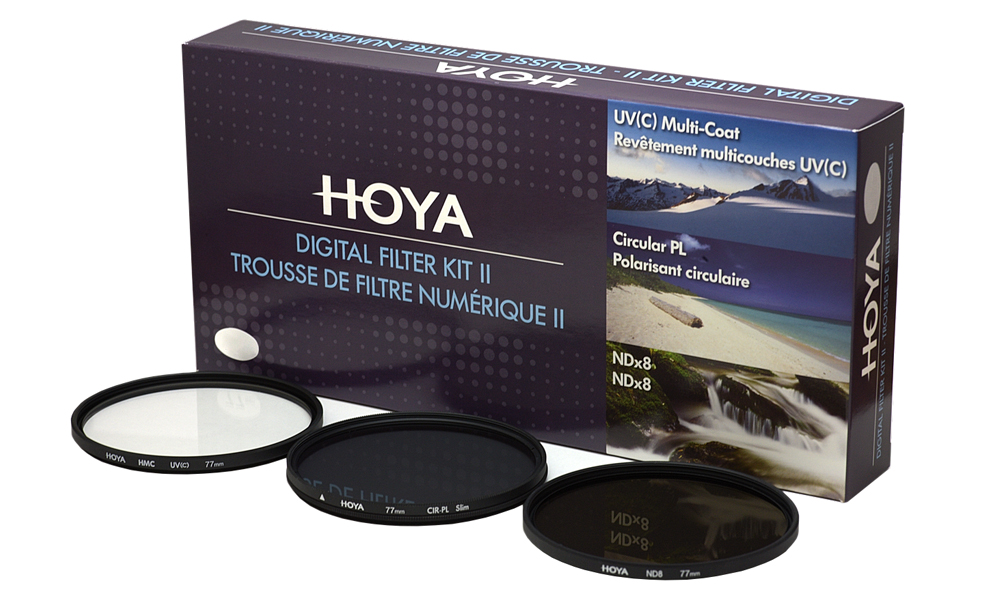This article asks "Why on earth would you buy this 3 filter kit?"
This entry was posted on August 19, 2015.
Seriously, why would you buy three separate filters when you know that if you wanted to add a particular effect to your picture, you can simply do it on your computer?
Well the answer is quite simple...your computer can't see what you see and the best way to create an effect for your photo, is still to create the effect at the point of taking the picture, not retrospectively.
The Hoya Digital Filter Kit which contains three separate filters. A UV, Circular Polariser and an ND8 and comes in a variety of the most popular sizes. You may have heard people talk about filters but if you don't know what they do, then let us elaborate and help you understand.
What is a UV Filter?
Technical bit…a UV filter is designed to reduce the level of ultraviolet light that strikes a recording medium such as a sensor or film negative.
Historically, photographic films were mostly sensitive to UV light, which caused haziness or fogginess, and in colour films a bluish hue. Therefore, as a standard, a UV (blocking) filter was used. Transparent to visible light while filtering out shorter ultraviolet wavelengths. It is also a handy little protective device to keep the front part of your lens (and probably the most important part of your lens) safe and free from greasy fingerprints, dust & scratches.
So what is a Circular Polarising filter?
A polarising filter is often placed in front of the camera lens in photography in order to darken skies, manage reflections, or suppress glare from the surface of water.
Imagine wearing sunglasses so you can see clearly? The same is true for your camera taking photographs. On really bright spring/summery days, if you look directly above you, you will see a beautiful blue sky (hopefully). However, there are days that when you look in the distance, haze gets in the way and the sky is white. One of the joys of a Circular Polariser is that it will clear this haze and bring back the truer defined colours of what you see.
Right….almost there. What then, is an ND8 Filter?
The purpose of a standard photographic neutral-density filter is to reduce the amount of light entering the lens. Doing so allows the photographer to select combinations of aperture, exposure time and sensor sensitivity which would otherwise produce overexposed pictures. This is done to achieve effects such as a shallower depth of field or motion blur of a subject in a wider range of situations and atmospheric conditions.
For example, one might wish to photograph a waterfall at a slow shutter speed to create a deliberate motion blur effect. The photographer might determine that to obtain the desired effect a shutter speed of ten seconds was needed. On a very bright day, there might be so much light that even at minimum film speed and a minimum aperture, the ten-second shutter speed would let in too much light and the photo would be overexposed. In this situation, applying an appropriate neutral-density filter is the equivalent of stopping down one or more additional stops, allowing for the slower shutter speed and the desired motion-blur effect.
So really, the question should be, why wouldn't you buy these 3 filters from £50?








